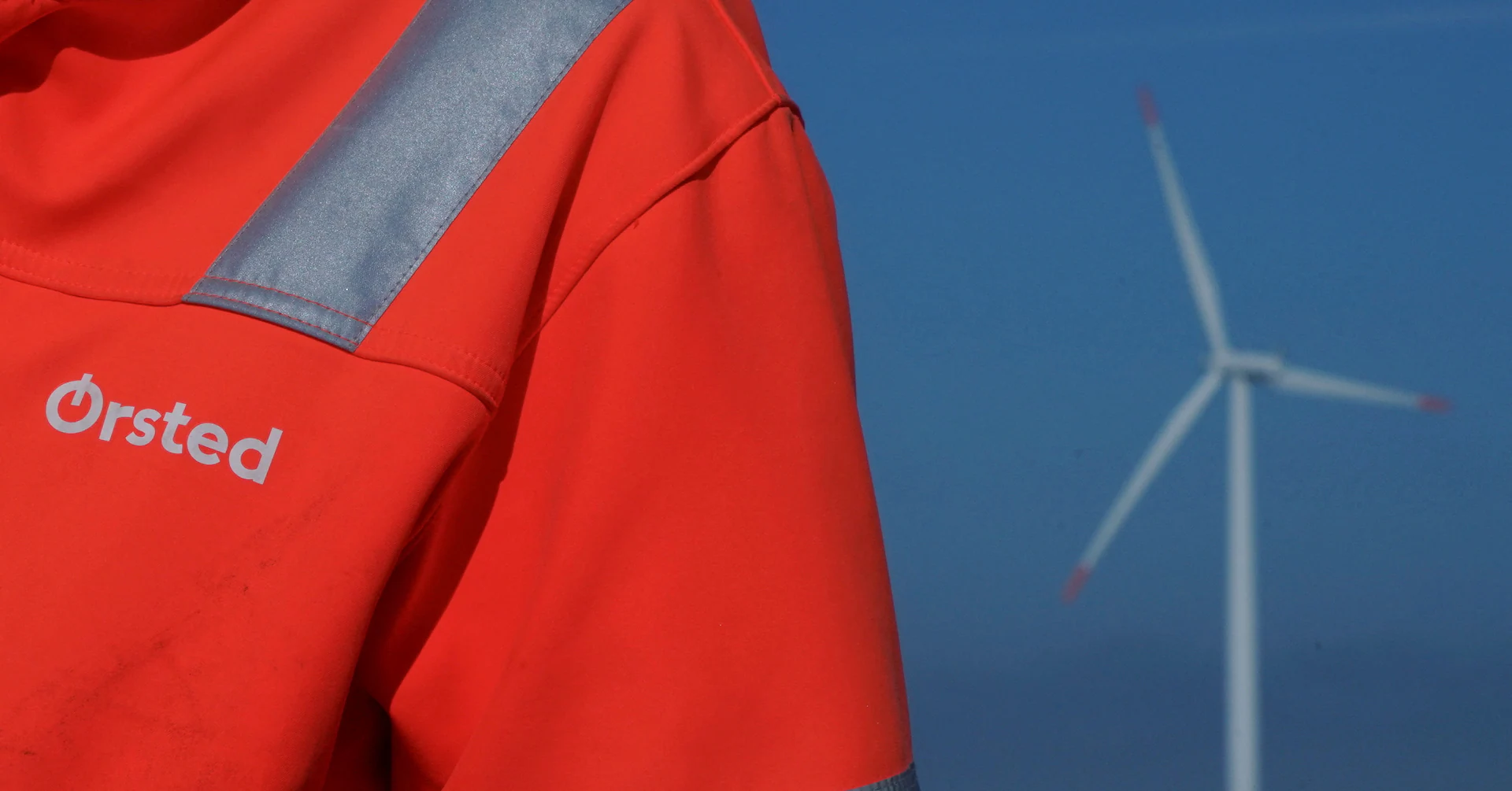
For nearly 15 years, the state agency in charge of Louisiana’s half of Toledo Bend Reservoir has periodically considered selling water to investors seeking to supply Texas — a move that has gained new traction with recent interest from a Dallas company.
But people who live around the lake and businesses that count on recreation there have opposed the idea, fearing a sale could lower water levels too much, leaving homeowners’ docks high and dry and harming the fishing Toledo Bend is famous for.
Seeking to address those concerns, the Sabine River Authority of Louisiana has agreed to hire a firm to analyze how such water sales could affect the lake, which straddles the Louisiana-Texas border.
The authority plans to spend about $50,000 for computer models measuring the impact of withdrawing anywhere from 200,000 to 800,000 acre-feet of water per year.
Gary Moore, an authority board member who leads a committee studying the idea, said the analysis will take through the end of year and that no decision on sales would be made until 2026.
Authority officials have contended their own analysis of decades of water management show that what the Texas company, Aqueduct Partners LP, is seeking could be managed in a way that keeps the lake at current levels.
But Moore acknowledged those opposed to the plan don’t trust what the authority has been saying, necessitating the third-party analysis.
“So, we don’t have much choice but to do this,” said Moore, Sabine Parish’s representative for the authority.
During recent meetings, officials received a fresh dose of that community opposition, hearing skepticism of the math and fears that the state could one day need the water it sells.
“I don’t think anybody sitting on this board could play God and say when this lake’s going to have water,” said 64-year-old Mike Hubbell, who lives along the lake near Many. “If it don’t come, you don’t have it. We need to keep what we got and manage it.”
The amount of water being considered by the analysis is significant. If 600,000 acre-feet were removed all at once from southeast Louisiana’s Lake Maurepas, which averages 10 feet deep over 59,500 acres, it would just about be drained dry.
An acre-foot is the amount of water it takes to cover an acre, or about 75% of a football field, a foot deep.
About 65 miles long tip to tip, Toledo Bend is far bigger and deeper than Maurepas. Covering 186,000 acres at normal levels, Toledo Bend was built in the mid-1900s as a recreational and electrical power generation reservoir by damming the Sabine River, filling the rugged, piney valley that surrounded it with water.
Looking back over 56 years of operation, authority officials said that in all but two of those years, they could have maintained the lake level required by state law while selling up to 800,000 acre-feet of water, tapping about 7% of the average amount that flows into it annually from the Sabine and rain runoff.
Authority officials see water sales as a potential replacement for revenue from power generation as the dam’s pair of 50-year-old generators approach the end of their lives.
Water sales, even at lower, older proposed prices, are 30 times more lucrative than electrical sales for equivalent amounts of water. Replacing the generators, Moore points out, could cost $30 million each.
Aqueduct Partners in June proposed buying 200,000 acre-feet of water per year, but noted they wanted significantly more if possible. The company says that for economic and practical reasons, it prefers continuous, guaranteed withdrawals — not timing them to wet months more flush with water — but also suggested it could buy in amounts tied to “objective triggers such as lake performance, operational outcomes, potential other sales.”
“This would allow SRA-LA to move forward responsibly, after observing impacts of the water sales thereby retaining flexibility,” Aqueduct Partners said in a letter to the authority.
The Louisiana and Texas authorities split the reservoir water 50-50. Each has the right to sell about 1 million acre-feet of water annually from behind the dam but must divide the revenue.
Louisiana officials have told residents during meetings that they are analyzing up to 800,000 acre-feet because their sister agency in Texas is interested in selling up 600,000 acre-feet from its share of the lake. They cited legislative testimony earlier this year from Texas officials about potential sales.
In an interview Friday, however, Travis Williams, deputy general manager for the Sabine River Authority of Texas, disputed that, saying the agency wasn’t looking at 600,000 acre-feet in sales, though it could sell more.
“As we sit here today, we have no active discussions with anybody about water sales,” Williams said.
If the Louisiana authority decides to pursue an out-of-state sale, it needs approval from a series of local and state officials: four of the six parishes around the lake, two legislative committees and the governor.
Such a sale would likely be fought by business owners like Bill Bolton, who rents camps along the lake off La. 1215.
Bolton, 73, says the authority would be giving up a commodity critical for growth that can’t be returned.
“We sell our water, we help Texas — and just all these businesses going up and down Toledo Bend, Highway 6, what they building for?” he said. “They ain’t going to have people coming here to spend their money and get us tax money here, profits to owners of the businesses. If we sell the water, they can just dry up.”



